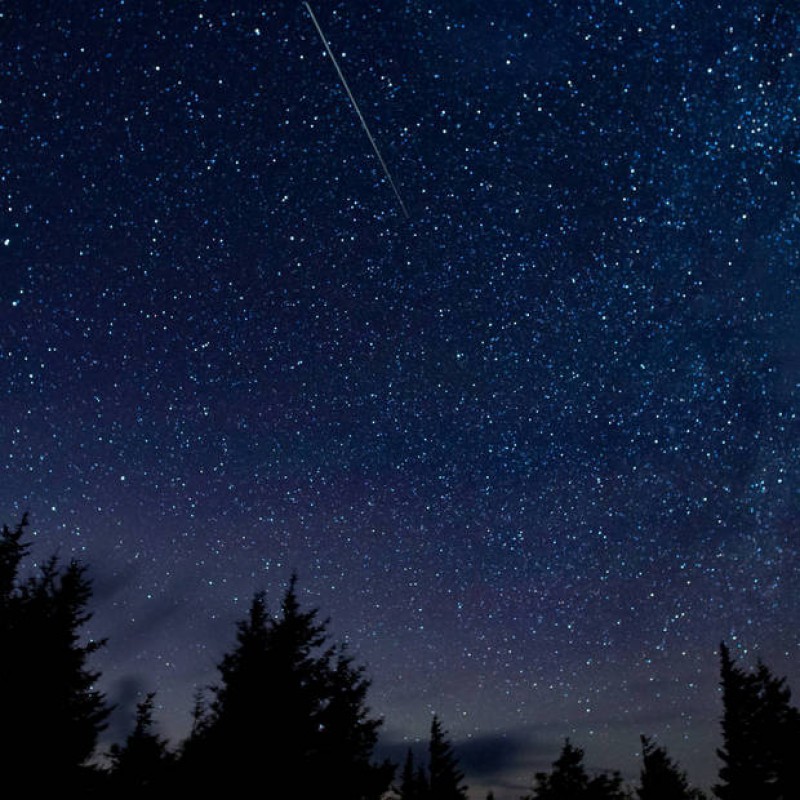August 2016 could be a stellar (ugh) year for meteor watchers. And we have Jupiter to thank for it. The annual Perseid meteor shower is expected to be a big and bright one according to NASA. That’s because the Perseid meteoroids will be passing close to the big planet and its gravity will bunch them up, making for a big show, an “outburst” where meteors streak across the sky at twice their usual rates.
Bright, camera pleasing streaks could appear at rates as high as 200 per hour. The last such outburst of meteor was 2009. And if you Google Perseid photos you’ll see that a lot of great astronomical photographs were made in August 2009. The peak of the shower should be August 11 with very good viewing a week before and a week after.
 |
| Aug. 11 should be the peak of a great Perseid shower this year. NASA photo. |
Here are 10 quick Perseid facts:
1. They occur annually between mid-July and late August, with a peak usually in mid-August.
2. The Perseid meteors come from the Comet Swift-Tuttle, which according to NASA orbits the sun once every 130 years.
3. The shower is caused when the Earth travels through a region of space filled with leftover debris ripped off the tail of comet.
4. The Perseid meteors are small, created by pieces of debris no bigger than a grain of sand and almost always flame out before reaching earth.
5. More meteors are expected this year because the Earth will be moving through a thicker clump of debris from Swift-Tuttle, created partly from the influence of Jupiter's gravity.
6. The meteors can appear to come from the same place: the constellation Perseus, also called the "radiant." Perseus is found in the northeastern part of the sky, but the meteors can appear to fly from all parts of the sky.
7. The full moon on Aug. 18 could interfere somewhat, but will set for many before the predawn hours.
8. The best time to watch will be between midnight and dawn, with the hours before dawn typically being the best.
9. The Perseids are famous for their brightness and long trails, caused by their small size and angle of entry.
10. They are most visible in the northern latitudes with good viewing in the middle latitudes.
Read more: al.com